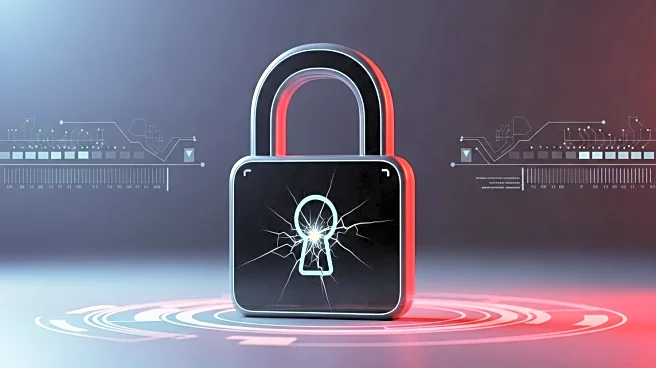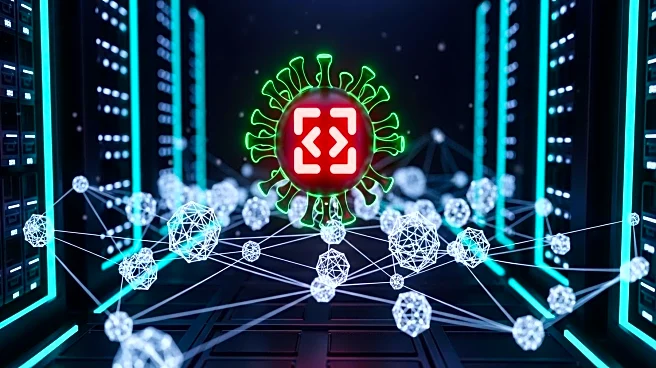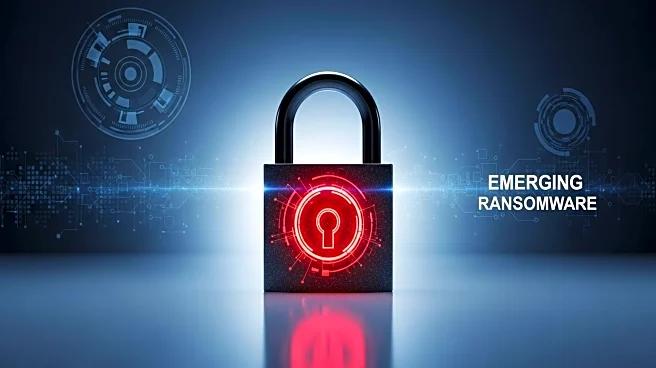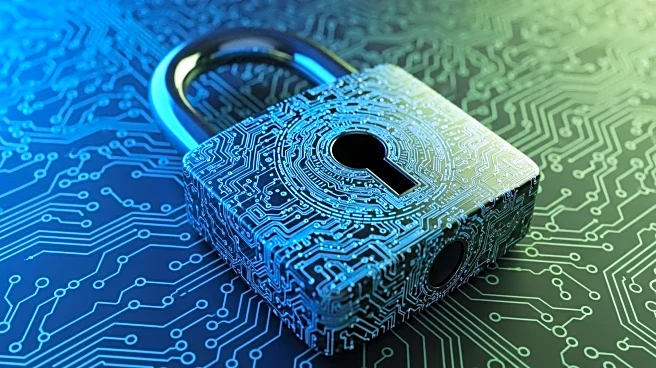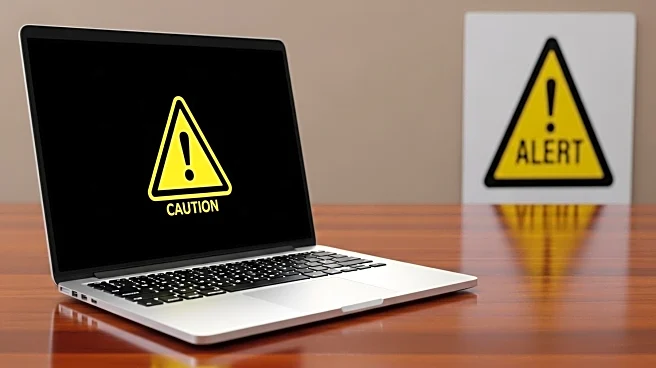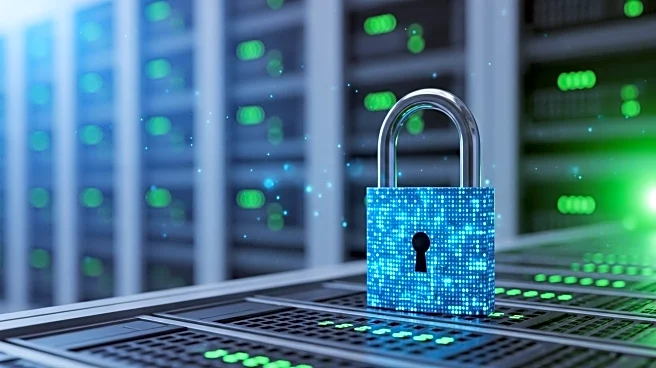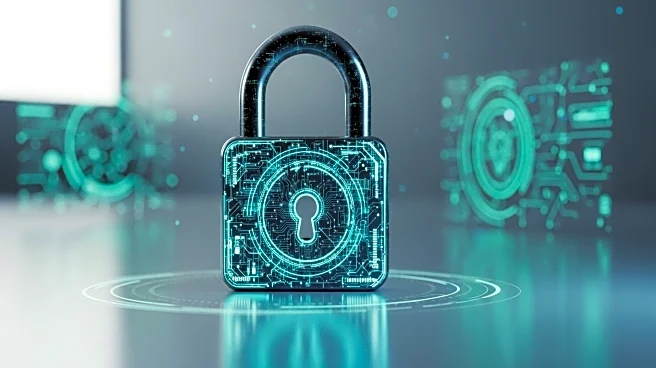What's Happening?
Cisco Talos research has identified remote access software abuse as a significant indicator of pre-ransomware activity. Cybercriminals often exploit legitimate remote services like RDP, PsExec, and PowerShell, as well as remote access software such as AnyDesk and Microsoft Quick Assist, to gain domain administrator access. These tactics are part of a broader strategy to conduct privilege escalation and credential harvesting before deploying ransomware. Cisco recommends several mitigations, including configuring security solutions to block unexpected software installations and requiring multi-factor authentication (MFA) for critical services.
Why It's Important?
Understanding pre-ransomware indicators is vital for organizations to prevent ransomware attacks, which can lead to significant financial and operational disruptions. By identifying and mitigating remote access abuse, companies can enhance their cybersecurity posture and protect sensitive data. The findings underscore the importance of proactive security measures and rapid response to potential threats. Organizations that implement these strategies can reduce the risk of ransomware deployment, safeguarding their assets and maintaining business continuity.
What's Next?
Organizations are encouraged to prioritize moderating the use of remote services and securing credential stores to limit adversary access. Cisco Talos emphasizes the importance of quick response to potential threats, noting that early intervention can prevent ransomware execution in a significant number of cases. Continued collaboration with cybersecurity agencies and adherence to best practices will be crucial in combating ransomware threats. Companies should remain vigilant and adapt their security strategies to address evolving cyber threats.


